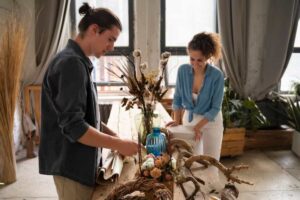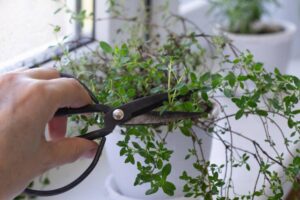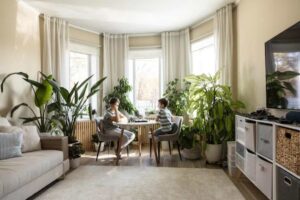The Interior Blog
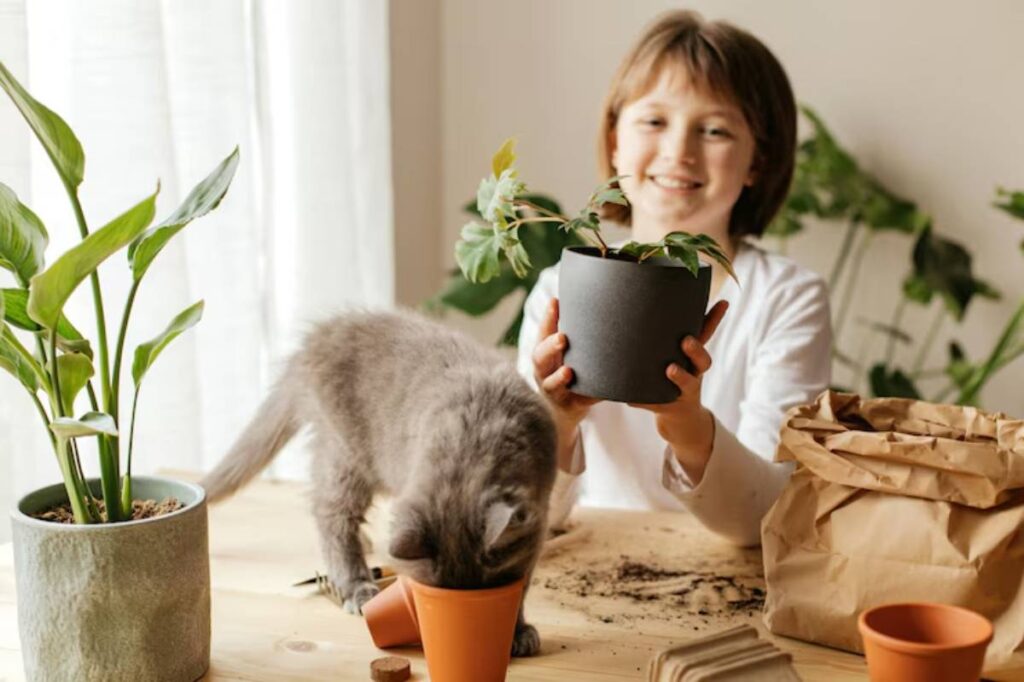
Top 10 Indoor Plants Safe for Cats, Dogs, and Kids
Adding houseplants to your home is a wonderful way to bring nature indoors. But if you’re a parent or pet owner, there’s often a lingering worry — what if my child or furry friend chews on a leaf? Many popular plants, while beautiful, can be toxic when ingested, causing anything from mild irritation to serious health issues.
Fortunately, you don’t have to choose between a safe home and a stylish one. With a bit of guidance, you can enjoy vibrant, lush indoor greenery that’s completely safe for the little explorers in your life — whether they crawl, toddle, bark, or meow.
In this article, we’ll walk you through 10 pet-safe and child-friendly indoor plants that offer both beauty and peace of mind. We’ll also share care tips, styling suggestions, and advice on avoiding common hazards. If you’re ready to green up your home without compromise, read on.
Why plant safety matters in family homes
The hidden risks of common houseplants
It’s surprising how many classic indoor plants — such as philodendrons, peace lilies, and snake plants — are mildly or severely toxic to pets and children. Ingestion can lead to symptoms like vomiting, drooling, skin irritation, or worse.
While you may never witness your cat nibble a leaf or your toddler yank a vine, accidents happen fast. That’s why choosing non-toxic houseplants is one of the simplest ways to make your space more child-safe and pet-friendly.
What to look for in a safe plant
- Listed as non-toxic by reputable sources like the ASPCA or RHS
- Soft, non-spiky foliage to avoid skin or eye injuries
- Low pollen output (great for allergy-sensitive households)
- Tolerant to handling, because curious hands and paws happen
The top 10 indoor plants safe for cats, dogs, and kids
Let’s dive into the most family-friendly greenery for your home — no anxiety included.
1. Spider Plant (Chlorophytum comosum)
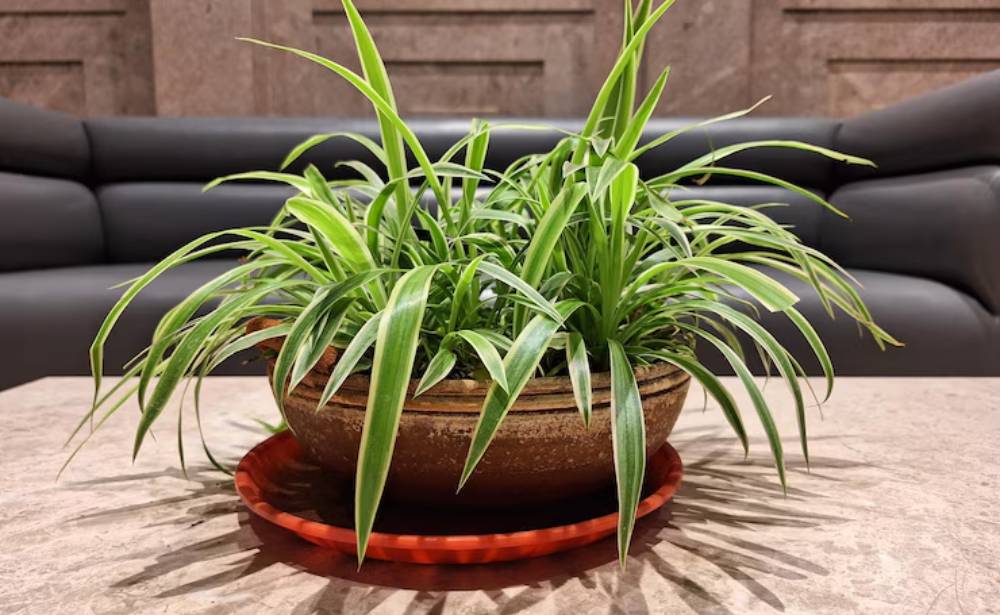
Why it’s safe: Non-toxic to cats, dogs, and humans. Care tips: Thrives in indirect light. Water when soil feels dry. Styling ideas: Looks lovely in hanging baskets or wall-mounted planters with cascading leaves.
Bonus: It’s an air-purifying plant — a win for health and aesthetics.
2. Areca Palm (Dypsis lutescens)
Why it’s safe: Completely non-toxic and pet-friendly. Care tips: Loves bright, filtered light. Water consistently but allow the soil to dry slightly between waterings. Styling ideas: Perfect for adding height in empty corners or next to sofas.
Areca palms also contribute to humidity, which benefits skin and respiratory health.
3. Calathea (Calathea spp.)
Why it’s safe: Calatheas are safe for both pets and children. Care tips: Prefers low to medium light and moist (but not soggy) soil. Styling ideas: Their vibrant patterns look fantastic on tabletops or grouped on plant shelves.
Calatheas are a wonderful choice for low-light flats or shaded rooms.
4. Baby Rubber Plant (Peperomia obtusifolia)
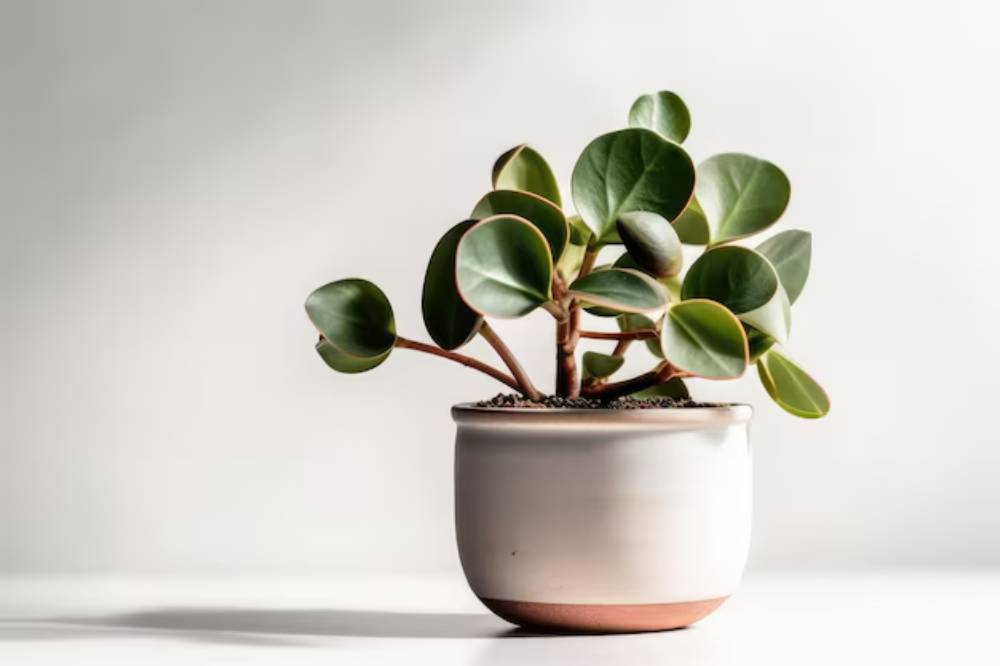
Why it’s safe: Non-toxic and compact. Care tips: Low-maintenance. Thrives in moderate light and prefers to dry out between waterings. Styling ideas: Ideal for desks, bedside tables, or kitchens.
With its glossy, succulent-like leaves, this plant adds texture without fuss.
5. Boston Fern (Nephrolepis exaltata)
Why it’s safe: A classic, safe fern variety. Care tips: Enjoys humidity and moist soil. Avoid direct sun to prevent fronds from browning. Styling ideas: Lovely in bathrooms or hanging near windows.
Boston ferns also improve air quality and create a soft, lush vibe.
6. Prayer Plant (Maranta leuconeura)
Why it’s safe: Safe for pets and kids. Care tips: Keep soil slightly moist and offer medium to low light. Styling ideas: Its folding leaf behaviour (it “prays” at night) fascinates children and adds dynamic movement to plant collections.
Prayer plants are great conversation starters and thrive in shared family spaces.
7. Parlour Palm (Chamaedorea elegans)
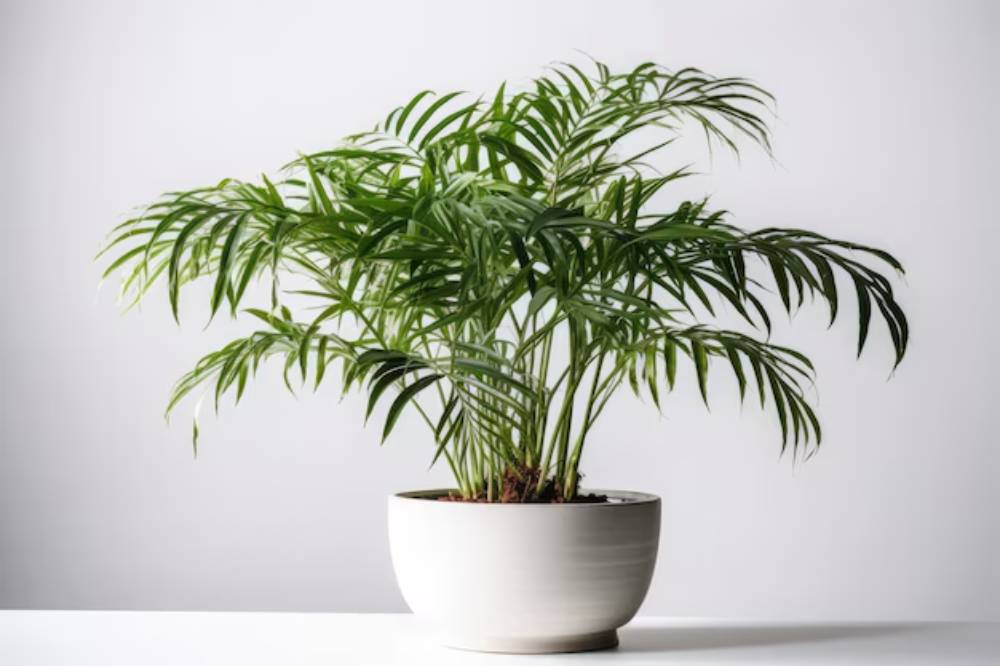
Why it’s safe: One of the most popular non-toxic palms. Care tips: Tolerant of low light and irregular watering. Styling ideas: Works well in decorative pots for living rooms or studies.
This slow-growing palm adds a refined, tropical touch.
8. African Violet (Saintpaulia spp.)
Why it’s safe: Non-toxic and colourful. Care tips: Likes bright, indirect light and consistent moisture. Avoid getting water on the leaves. Styling ideas: Perfect for windowsills and coffee tables where light is abundant.
If you’re after floral interest without risk, African violets are ideal.
9. Haworthia (Haworthia spp.)
Why it’s safe: Unlike some other succulents, haworthias are safe for pets. Care tips: Needs bright light and minimal water. Styling ideas: Looks stylish in geometric planters or grouped on open shelves.
Its compact size makes it great for small-space living.
10. Fittonia (Fittonia albivenis / Nerve Plant)
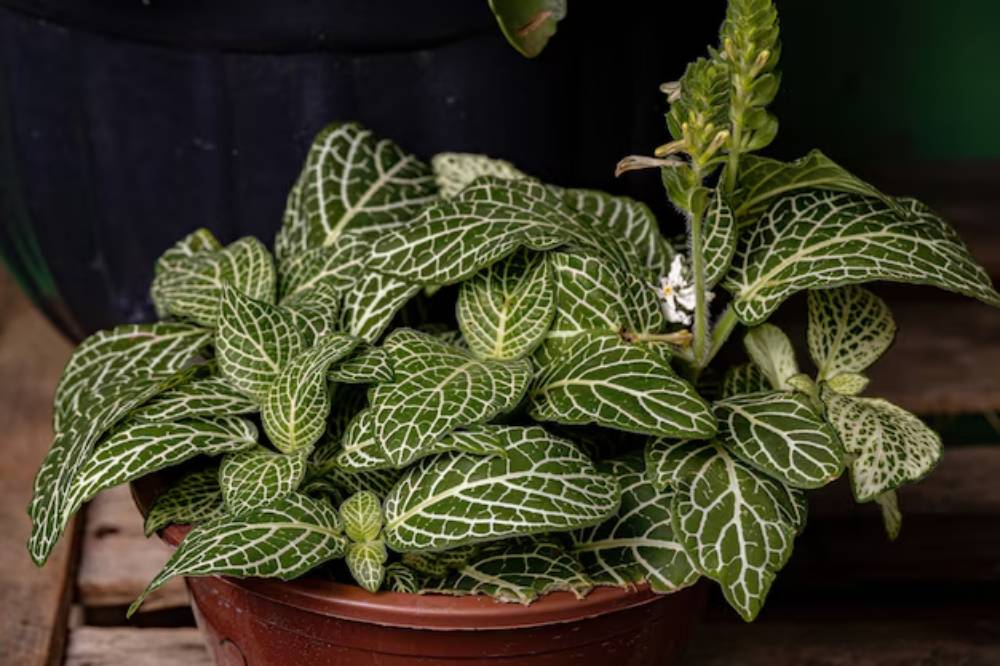
Why it’s safe: A safe, visually striking plant. Care tips: Likes humidity and indirect light. Water when soil dries slightly. Styling ideas: Excellent for terrariums or as a splash of colour on your desk.
With vivid veins of pink, white, or red, it adds bold personality without risk.
Where to place pet-safe plants in your home
Designing a family-friendly plant layout doesn’t mean you have to sacrifice creativity.
Here are a few placement tips:
- Bathrooms: Ideal for moisture-loving ferns and calatheas.
- Living rooms: Tall plants like areca palms add natural height.
- Children’s bedrooms: Use soft-edged, small plants like spider plants or nerve plants.
- Window ledges: Low-risk succulents like Haworthia love sun and look neat in narrow spaces.
Rotate plant placements occasionally to maintain even growth and reduce boredom for curious pets.
Child and pet safety beyond toxicity
Even non-toxic plants can pose minor hazards if mishandled.
Here’s how to stay extra safe:
- Stabilise tall planters: Avoid tipping by placing heavier pots on low stands or the floor.
- Avoid pebbles or loose soil toppers: These can be choking hazards for small children or curious pups.
- Supervise leaf-chewers: If your pet is a known nibbler, elevate plants or use natural deterrents like citrus sprays.
Safety is about more than plant type — it’s also about how you arrange and maintain your green décor.
How to respond if ingestion happens
Even with safe plants, it’s wise to know how to respond if your child or pet ingests part of a plant.
- Stay calm: Identify the plant involved.
- For pets: Contact your vet or call the Animal PoisonLine (UK).
- For children: Call NHS 111 or go to A&E if symptoms appear.
Keeping plant labels and taking photos of your houseplants can help health professionals quickly assess any potential risks.
Common misconceptions: not all “safe” plants are equal
Some online lists claim certain plants are pet-safe when they’re not.
For example:
- Pilea: Some sources say it’s safe, others flag mild irritation potential.
- Succulents: Many are safe (like haworthia), but some (like jade or aloe vera) are toxic.
Stick to plants confirmed by reputable organisations such as the RHS or the ASPCA.
Pet-safe doesn’t mean style-free
Just because you’re working with a safety-first mindset doesn’t mean you have to compromise on aesthetic appeal.
Pair your safe greenery with:
- Stylish planters in ceramic or natural textures
- Woven baskets as decorative covers
- Floating shelves or wall-mounted displays for space-saving solutions
For more inspiration, check out our guide on choosing the right soil and planter combo for style.
Looking to combine safety with visual balance? You’ll also love layering heights to create visual balance with plants — ideal for families who want safe, curated spaces.
Conclusion: create a safe, stylish green haven
You don’t have to choose between a beautiful home and a safe one. With the right mix of non-toxic houseplants, thoughtful placement, and a little care, you can create a calming, lush environment where your plants, pets, and children all thrive together.
The plants on this list are not only gorgeous and easy to care for — they’re also trusted choices for keeping your home hazard-free. Whether you’re a new parent, a lifelong pet lover, or both, greening your home just got a lot simpler.
What’s next? Start by picking one plant from this list that fits your space and lifestyle. Then share a photo or tell us which pet-safe beauty you’ve added to your collection in the comments below. We’d love to see how you’re building your own indoor jungle, without worry.



